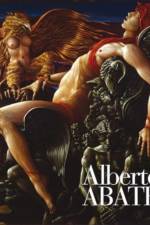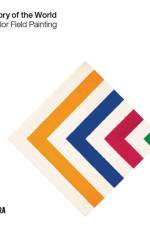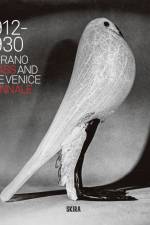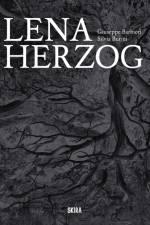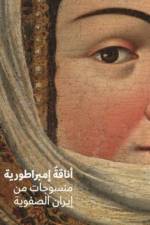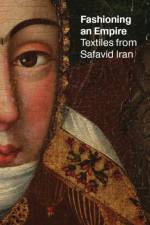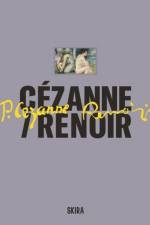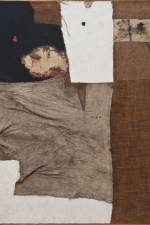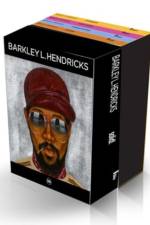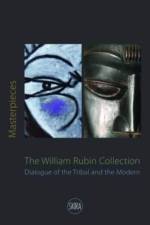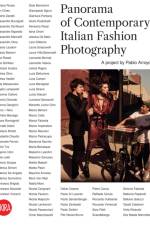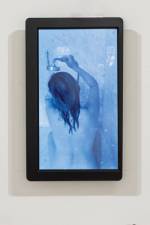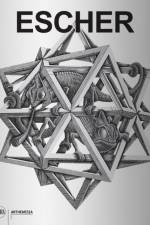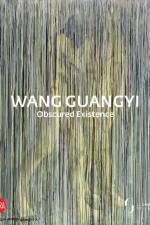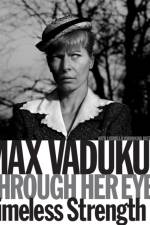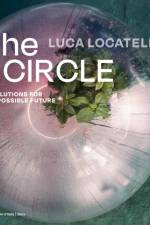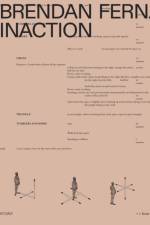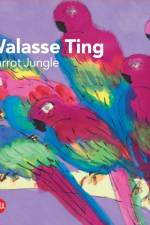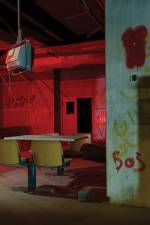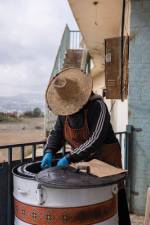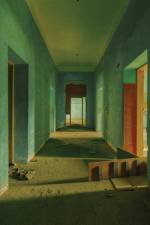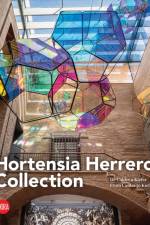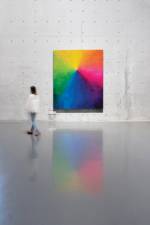479,-
The highly original and unique art of Escher, one of the most celebrated artists of the 20th century Maurits Cornelis Escher was born in 1898 in the Netherlands and died there in 1972. In 1922 he first visited Italy (Tuscany, Umbria and Liguria) and in 1923 arrived in Rome, where he lived for twelve years, until 1935. The Roman period had a strong influence on all his later work, which saw him prolific in the production of lithographs and etchings especially of landscapes, views, architecture and views of that ancient and Baroque Rome that he loved to investigate in its most intimate dimension, that of the night, by the dim light of a lantern. Restless, reserved and undoubtedly brilliant, Escher in his famous engravings and lithographs created a unique, imaginative, impossible world where art, mathematics, science, physics and design converge. Published on the exhibition in Rome, the volume gathers over 300 works, including new acquisitions and many of his most notable pieces that have made him famous all over the world, documenting the story of the Dutch artist¿s genius with the most iconic works of his production such as Hand with Reflecting Sphere (1935), Bond of Union (1956), Metamorphosis II (1939), Day and Night (1938) and the Emblemata series, which belong to the common imagination referable to the great artist. The book also features the complete series of 12 Roman Nocturnes produced in 1934. An artist discovered relatively recently, Escher is loved by those who know art, but also by those who are passionate about mathematics, geometry, science, design, and graphics. A wide range of themes converge in his works, and for this reason in the panorama of art history he represents a uniqueness.

